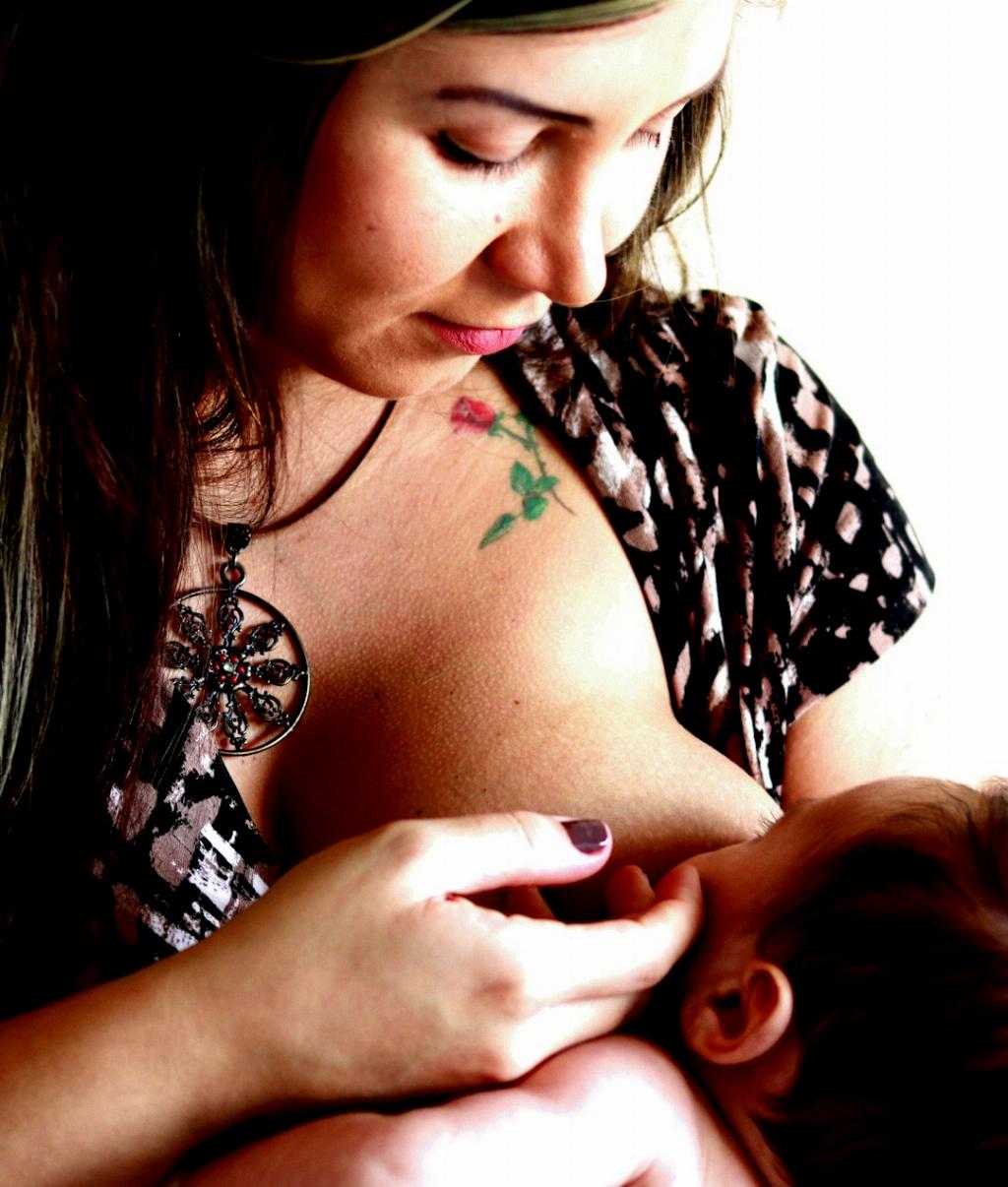Yeast infections can be quite common among breastfeeding moms, with symptoms manifesting in various forms. One important distinction lies in whether the infection is localized in the nipples or has penetrated deeper into the milk ducts.
Yeast Infection in Milk Ducts
If you’re experiencing shooting or stabbing pains deep within your breast, it’s likely that the yeast infection has reached your milk ducts. In such cases, it is recommended to seek medical advice promptly. Your healthcare provider may prescribe pills that specifically target the infection and provide relief.
Localized Yeast Infection
On the other hand, if the yeast infection is primarily on your nipples without significant penetration into the breast tissue, you have the option of using over-the-counter anti-fungal skin creams. These creams are designed to combat the infection externally on the affected area.
Consulting a Healthcare Professional
Regardless of the severity and location of the yeast infection while breastfeeding, it is always advisable to consult a healthcare professional for an accurate diagnosis and appropriate treatment plan. They can assess the extent of the infection and recommend the most effective course of action.
Prescription Medication
When dealing with yeast infections deep in the breast tissue, prescription medication may be necessary to target the infection at its source. These medications are typically more potent and are best obtained through a doctor’s prescription.
Over-the-Counter Treatments
For milder cases of yeast infection localized on the nipples, over-the-counter antifungal creams can be a practical solution. These creams are applied directly to the affected area and can help alleviate discomfort and combat the infection effectively.
Natural Remedies
Some moms opt for natural remedies to address yeast infections while breastfeeding. From probiotics to essential oils, there are a variety of natural options that may offer relief. However, it’s crucial to consult with a healthcare provider before trying any alternative remedies.
Maintaining Proper Hygiene
Good hygiene practices can play a significant role in preventing and managing yeast infections while breastfeeding. Ensuring that your nursing bras and breast pads are clean, dry, and changed regularly can help create a less hospitable environment for yeast to thrive.
Addressing Underlying Issues
In some cases, yeast infections while breastfeeding may be a sign of an underlying issue such as thrush. If you suspect a more complex condition, it’s essential to address it promptly to prevent recurring infections and ensure both you and your baby’s well-being.
Seeking Support
Coping with a yeast infection while breastfeeding can be challenging, both physically and emotionally. Don’t hesitate to seek support from lactation consultants, support groups, or other moms who may have gone through similar experiences.
Stay Informed
Keeping yourself informed about common breastfeeding issues like yeast infections can empower you to make informed decisions about your health and well-being. Stay updated on the latest guidelines and recommendations to ensure a smooth breastfeeding journey.
Conclusion
Yeast infections can present unique challenges for breastfeeding moms, but with the right treatment approaches and support system, you can effectively manage and overcome these infections. Remember to prioritize your health and well-being, and reach out for professional help when needed.

